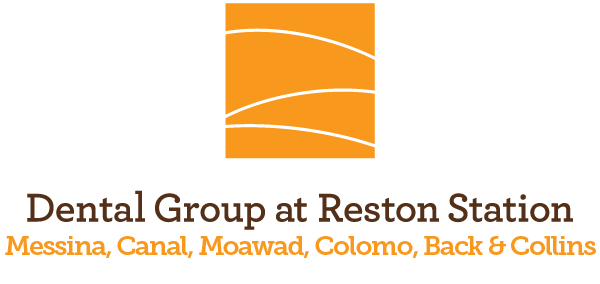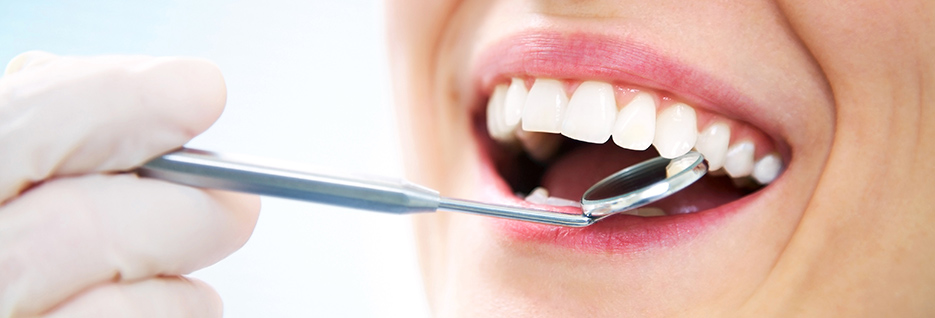Periodontal Treatments
Gingivitis
Gingivitis is the mildest form of periodontal disease. It causes the gums to become red, swollen, and bleed easily. There is usually little or no discomfort at this stage. Gingivitis is often caused by inadequate oral hygiene. Gingivitis is reversible with professional treatment and good oral home care.
Factors that may contribute to gingivitis include, diabetes, smoking, aging, genetic predisposition, systemic diseases and conditions, stress, inadequate nutrition, puberty, hormonal fluctuations, pregnancy, substance abuse, HIV infection and certain medication use.
Periodontitis
Untreated gingivitis can advance to periodontitis. With time, plaque can spread and grow below the gum line. Toxins produced by the bacteria in plaque irritate the gums. The toxins stimulate a chronic inflammatory response in which the body in essence turns on itself, and the tissues and bone that support the teeth are broken down and destroyed. Gums separate from the teeth, forming periodontal pockets (spaces between the teeth and gums) that become infected. As the disease progresses, the pockets deepen and more gum tissue and bone are destroyed. Often, this destructive process has very mild symptoms. Eventually, teeth can become loose and may have to be removed.
Your dentist will diagnose your periodontal status & recommend the appropriate therapy.
Scaling and Root Planing/Non-surgical Periodontal Therapy
Scaling and root planing is a careful cleaning of the root surfaces to remove plaque and calculus (tartar) from deep periodontal pockets and to smooth the tooth root to remove bacterial toxins. This treatment is performed with the administration of local anesthetic for patient comfort and thoroughness of the therapist. Scaling and root planing is sometimes followed by adjunctive therapy such as local delivery antimicrobials, systemic antibiotics and host modulation, as needed on a case-by-case basis.
Most dentists would agree that after scaling and root planing, many patients do not require any further active treatment. However, the majority of patients will require ongoing maintenance therapy to sustain health.
Reduction of Pocket Depth
When the mouth is healthy, the teeth are held firmly in place by the bone and gum tissue that surrounds and supports them. Periodontal disease weakens the tissue and bone, leaving open spaces, called pockets, around the teeth. The larger and deeper the pockets, the easier it is for bacteria to collect inside them, thus causing more damage. If left untreated, the structure may degrade to the point where the affected tooth becomes loose and the bone loss negatively affects the neighboring teeth.
With pocket reduction surgery, the gum tissue is folded back and any bacteria hiding underneath are removed along with hardened plaque or tartar that has collected over time. This reduces the pocket depth and makes it easier for the patient to gain and maintain health.
Bone Regeneration
During a regeneration procedure the gum tissue is folded back, in a similar way as is done in a pocket depth reduction surgery. However, depending on your situation, a bone graft may be performed to stimulate new bone growth or a special kind of protein may be applied that stimulates tissue growth in the areas most affected by disease.
Soft Tissue Graft
Gum recession can occur as a result of gum disease. When bone is lost due to infection, the gums recede during the healing process to the new level of bone resulting with the root of the tooth becoming exposed. This can make the teeth appear longer and can also cause sensitivity to hot, cold and/or sweets.
When a periodontist performs a soft tissue graft, they may elect to use your own tissue from the roof of your mouth, or slide tissue over from the neighboring area or utilize tissue from a tissue bank. Your periodontist will know which tissue is best for the area in question and will discuss the options with you. A soft tissue graft procedure may be performed for health or cosmetic reasons.
Contact our dental office and make an appointment. We are here to help: (703) 318-8200






